When we came up on the Crescent Lake, Galen’s disappointment was palpable. Hordes of Chinese tourists in bright orange sand boots milled about. Galen took a few pictures and then shrugged. He asked me to get a video of him being disappointed.
I was more prepared. I have walked into too many Chinese tourist traps. I did not allow my hopes to get up too much, so I could not be too disappointed.
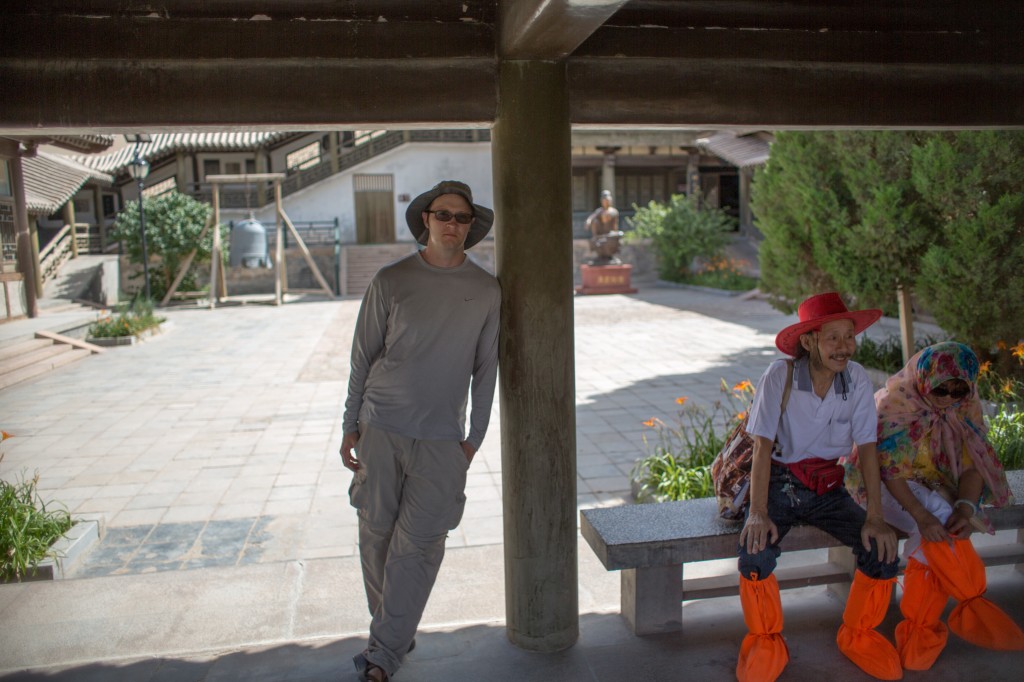
We loved this guy on the right. He just looked so hilarious with his giant sideburns, his cowboy hat and his orange boots
Crescent Lake Park is one of the most well-known attractions in all of China. In Dunhuang, it is the second attraction only because the Mogao Caves are just so amazing and historically important. The lake is really more of a small pond that has been an oasis among the sandy desert for some time. The photos of this place are impressive, a slender mirror of water, flanked by wooden buildings that look like they are fourteen hundred years old, all of it enveloped by mountains of sand. Galen had been salivating at the thought of photography at this place since we won the grant from Outside Magazine.
But the complex of buildings was only built to look old. In fact, the complex had been built in the 1990’s. Nothing important happened here. What makes this place special? The sand dunes were impressive, but the whole town was surrounded by sand. It seemed silly to pay to see this sand. The ticket for Crescent Lake was one hundred r.m.b., about seventeen dollars, almost as expensive as our hotel room.
Compounding this all was the fact that the Park had been completely sold out to tourism. If you had money, there were camel rides, glider rides, helicopter rides, cart rides and a four-wheeler ride. A sprinkler system had been installed, and men with water trucks were watering the sand. A park was supposed to be a place that preserves, but, in the miles and miles of dunes surrounding Dunhuang, this was the least natural spot.
Later, after the disappointment of Crescent Lake, I visited the White Horse Pagoda alone. The day was hot, the desert sun beating down on me. It was in the middle of nowhere, rural farmland. I had to walk a half a mile from where the bus stopped to get to the Pagoda. The compound surrounding the Pagoda was quiet. Women who sold tickets had few visitors, so they played mahjong in the shade as their children were horsing around at the entrance. The tourist trail, so evident elsewhere in Dunhuang, had skipped the White Horse Pagoda.
I did not even bother to buy a ticket. Instead, I went around the outside wall of the compound into a nearby farm, passing a sign that threatened a fine if I crossed into the field. I climbed up a several foot high pile of dirt and looked over the compound’s wall. I could see the entirety of the Pagoda as well, if not better, than I could inside.
The Pagoda was built by Kumarajiva in around 400 A.D. to honor his horse. Kumarajiva was one of the men who made the Silk Road. His father was a Kashmiri Prince, his mother was from Kuche, once a Buddhist kingdom along the Silk Road, now a truck stop in China. Kumarajiva was one of the most important men in transmitting Buddhism into China, translating the Diamond Sutra into Chinese. While Kumarajiva was traveling, his trusty steed died. He built the Pagoda to honor the horse. The Pagoda was only thirty something feet tall. There was nothing grand about it, but I liked it. I continued walking further into the farm. There were fields with small strips of green with yellow dirt earth. Beyond a few trees, there were the towering sand dunes off in the distance, though these were free to enter and not crawling with orange-booted tourists.
Further on, I realized that there were small mud structures surrounded by barbed wire fences sitting quietly in the middle of this field. I approached them. The structures were clearly old. No sign was there to explain them. The only way I could tell they were old and important was the barbed wire around them and the cracks running down the sides, showing centuries of weathering. This is what I love about China, when the history is real. This place is now nowhere, but, before, I realize, Kumarajiva must have built the Pagoda here because it was a center of activity. The structures must be more than a thousand years old.
But the tour groups are not interested in the Pagoda or these structures. No one is here. The White Horse Pagoda is not at all grand, but it is real. Unlike Crescent Lake, something really happened here. This is real history. This is ancient.
Don’t miss a single video from our adventure. Click the red Youtube button below to subscribe!
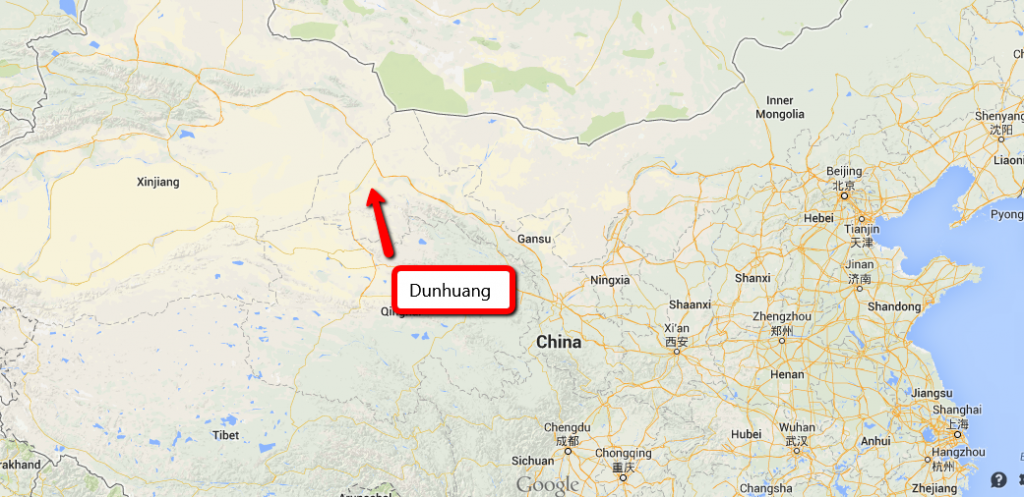
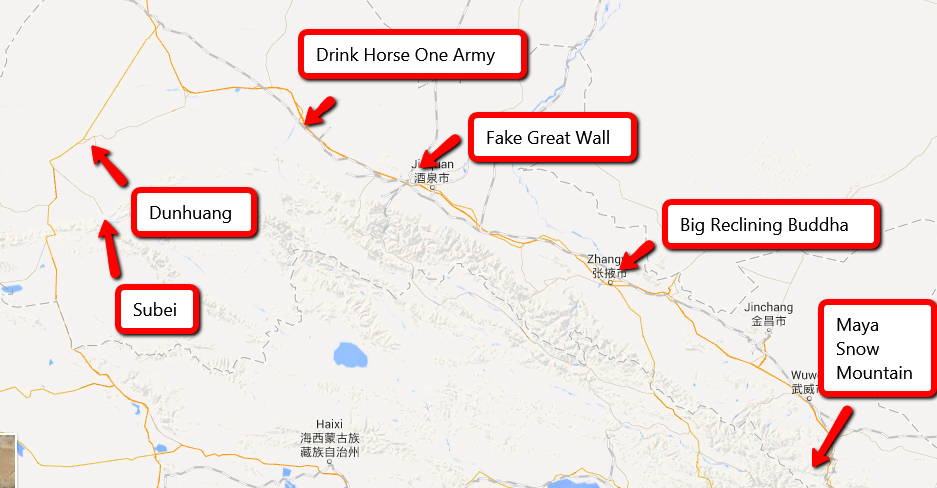
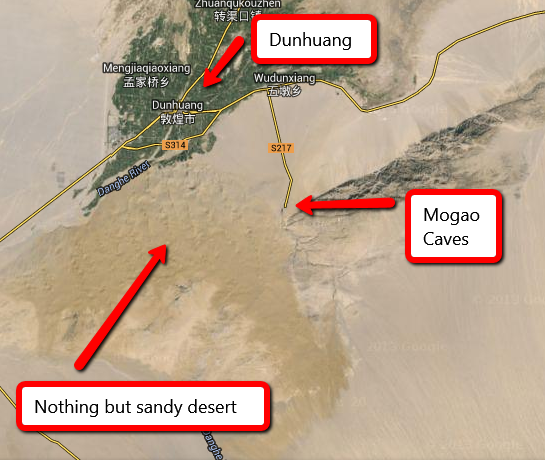
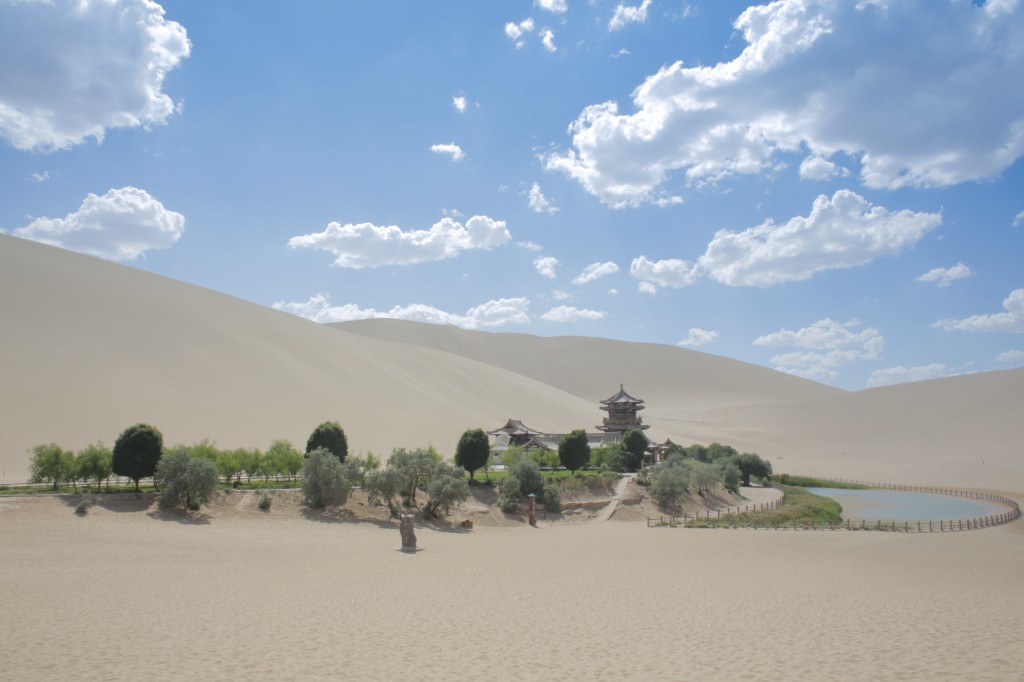
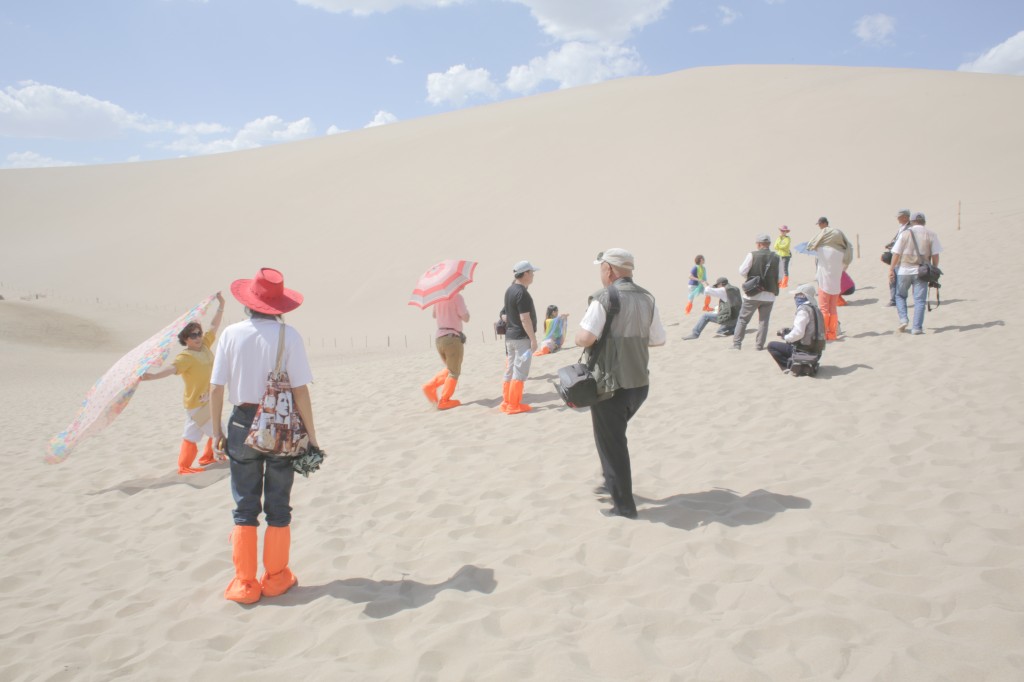
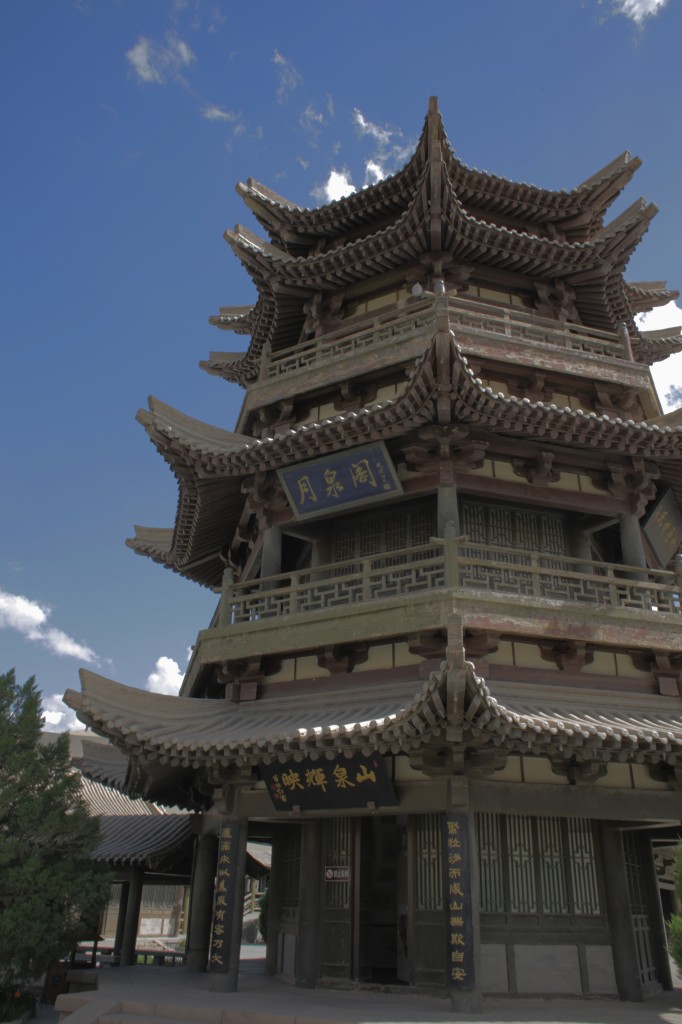
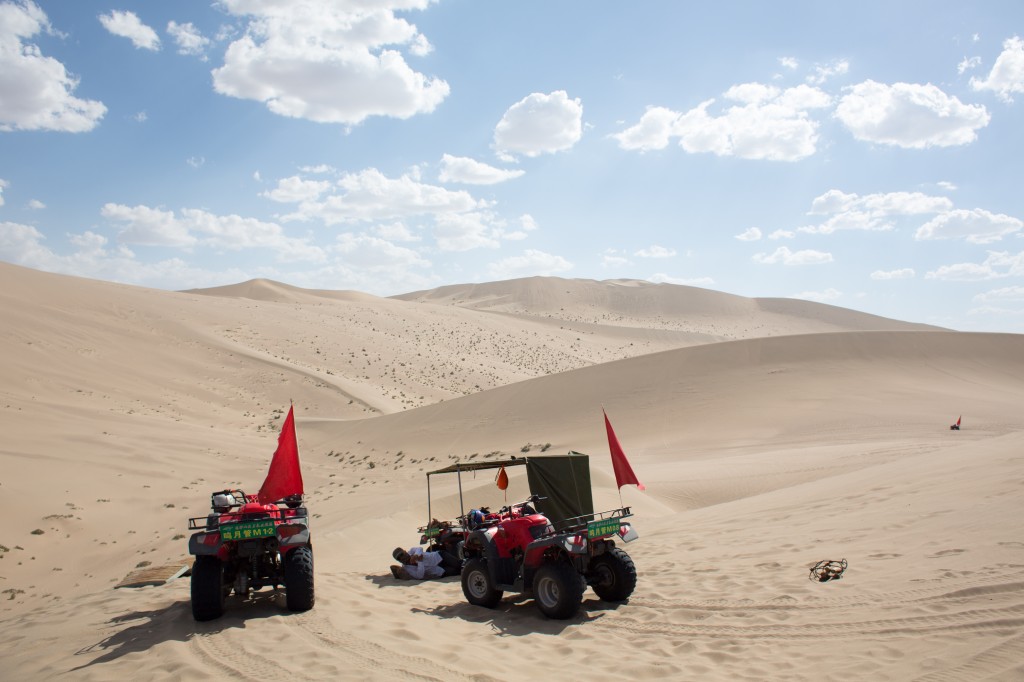
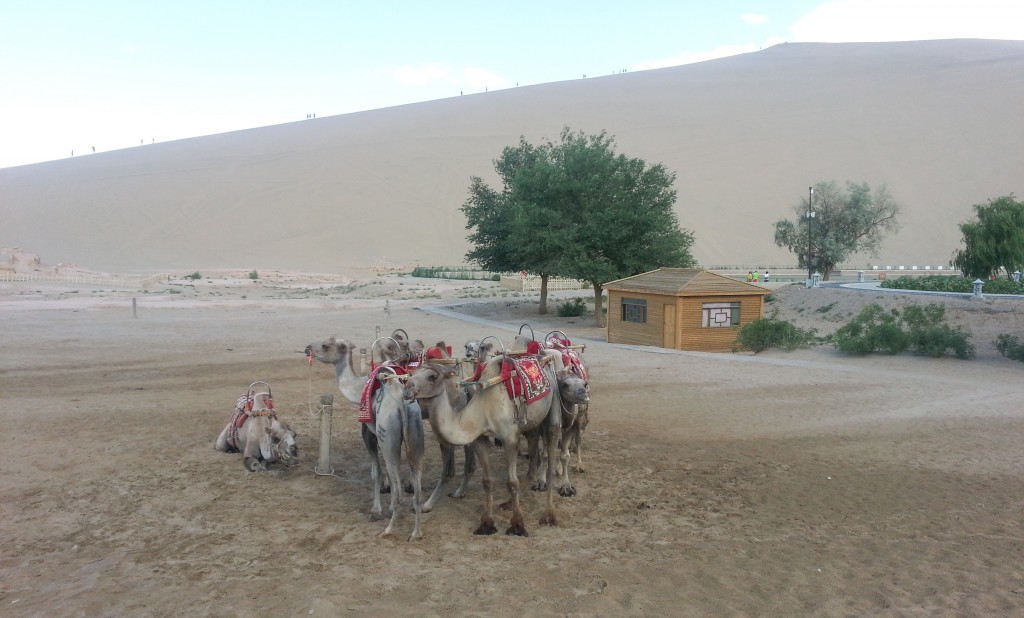
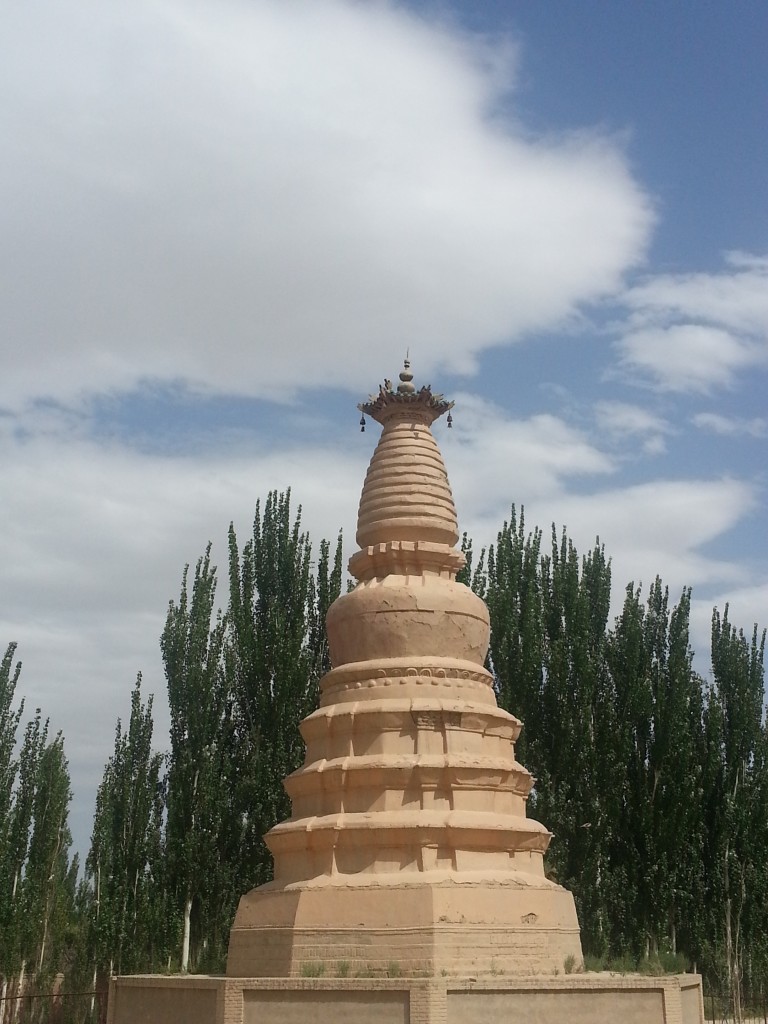
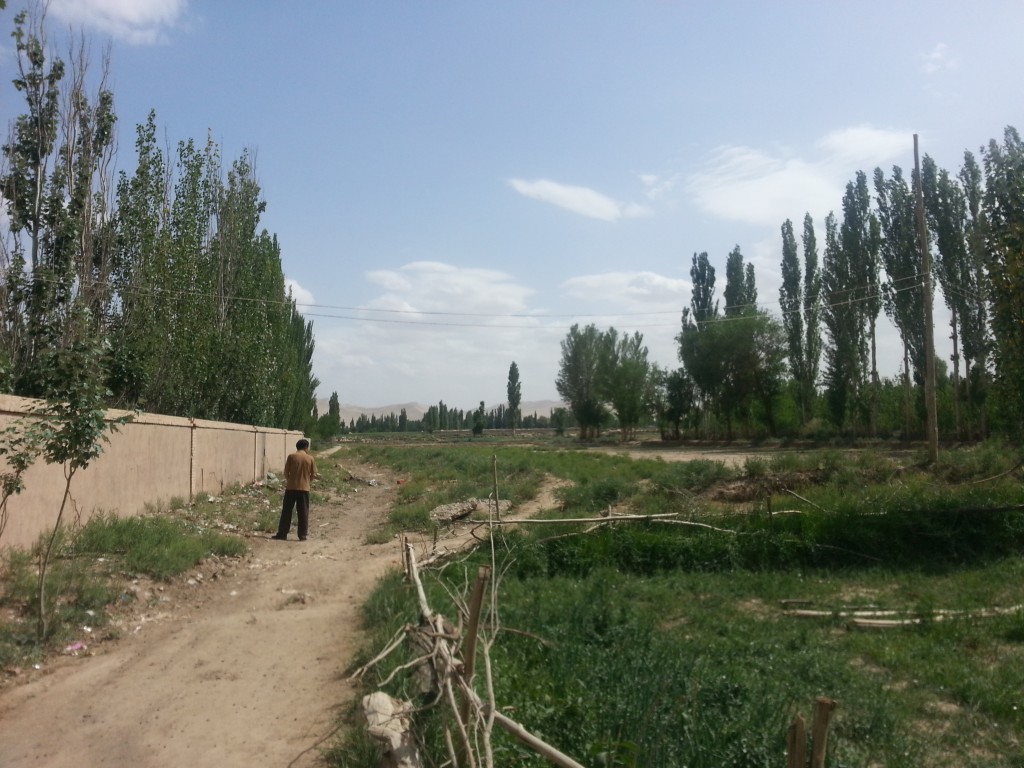
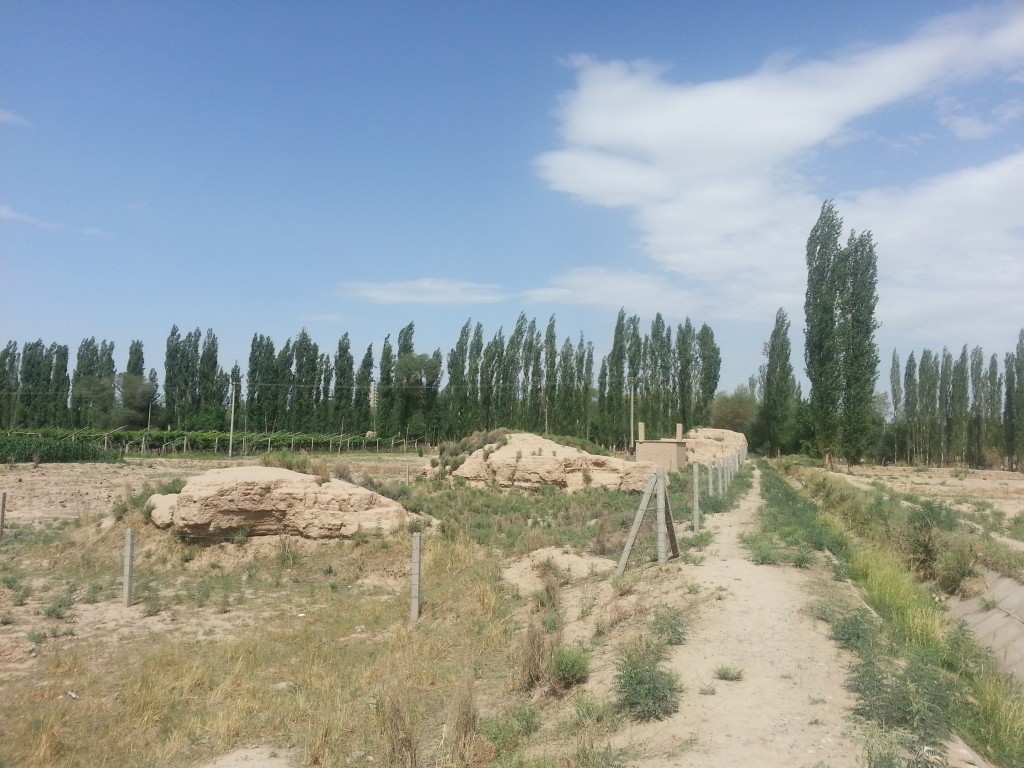
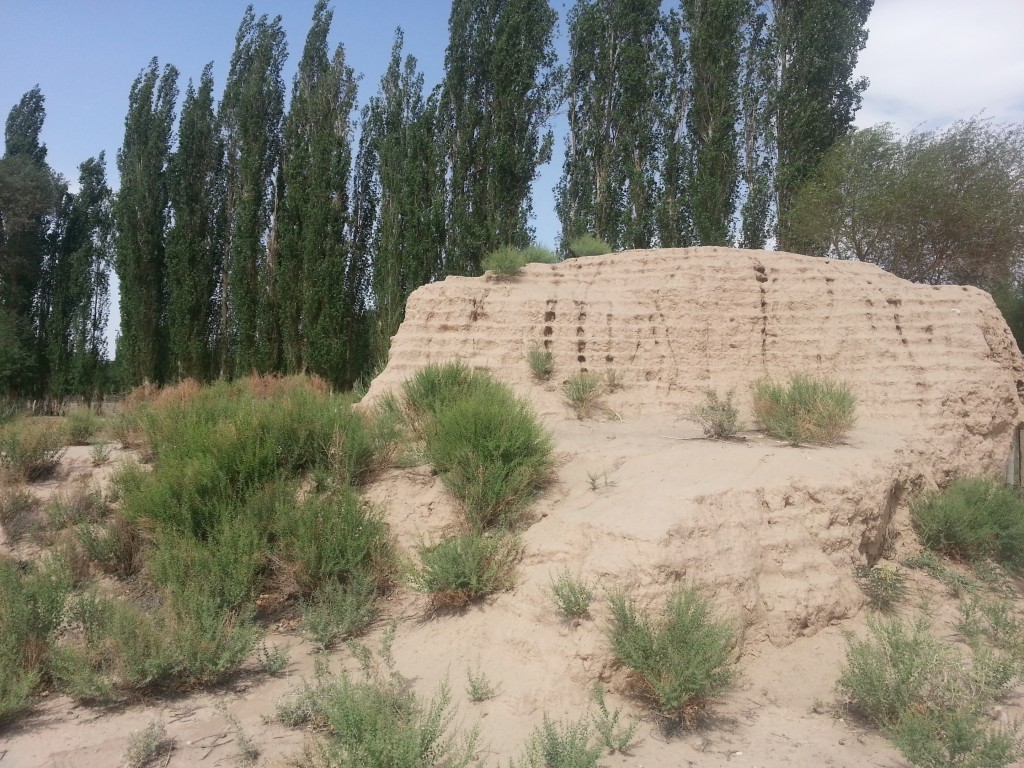
Asking questions are actually pleasant thing if you are
not understanding anything entirely, but this article
gives nice understanding yet.